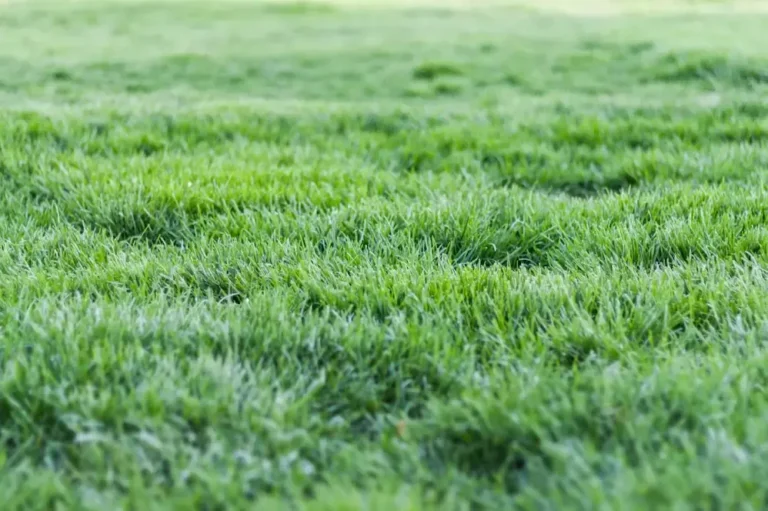Lawn Seeding
Aeration and overseeding can revitalize your lawn, improving its health and appearance. Get a free quote today from Lawn Buddies!
Get Your FREE Quote Today!
Lawn Seeding
Make Your Lawn Look Its Best With Lawn Buddies
Lawn Buddies offers a double-core aeration, heavy overseeding blended with high doses of phosphorous. This helps fill in any bare spots that arise from the hot summer months due to heat stress and possibly lawn disease.


Get your first Lawn Care service for $19.95 or your first Mosquito Control service for free! Call (732) 475-5500 to claim this special offer or request service online today.
Our Seeding Plan
When overseeding, Lawn Buddies uses a premium three-way tall fescue blend applied at a rate of 7-8 pounds per thousand square feet. While the aeration service will loosen up your soil, this heavy application of premium turf seed will germinate into new healthy turf over the course of several weeks. This process helps suppress weeds and summer grass types like nutsedge and dallisgrass! This service comes with a Lawn Buddies guarantee!
When is the best time to seed my lawn?
The best time to seed your lawn depends on the type of grass you’re planting and your local climate. For cool-season grasses (such as Kentucky bluegrass, fescue, and ryegrass), the ideal time to seed is early fall (typically from late August to early October). This is because the soil is still warm enough to promote seed germination, and the cooler air temperatures help reduce stress on the new grass. For warm-season grasses (like Bermuda, zoysia, or buffalo grass), late spring to early summer (April to June) is the best time, as these grasses need warm soil temperatures (ideally above 65°F) to germinate and establish. Avoid seeding during extreme temperatures or during periods of drought, as these conditions can harm seed germination and growth.
How do I prepare my lawn before seeding?
Proper preparation is crucial for a successful lawn seeding. Start by mowing your existing grass as short as possible without scalping it, which allows seeds to make good contact with the soil. Next, rake the area to remove any debris, leaves, or dead grass, which could block seeds from reaching the soil. Aerating the soil by using a lawn aerator (which creates small holes in the ground) helps improve seed-to-soil contact and allows oxygen, water, and nutrients to penetrate deeper into the soil. If your lawn soil is compacted, aerating is especially important. Consider applying a starter fertilizer rich in phosphorus to support seed growth and root development. This helps encourage strong, healthy grass. Lastly, make sure the ground is level, so water is evenly distributed and does not pool in certain areas.
How much seed should I use?
The amount of seed to use depends on your grass type and the size of your lawn. As a general rule, for cool-season grasses, apply about 2 to 3 pounds of seed per 1,000 square feet of lawn. For warm-season grasses, you may need to use slightly more. It’s essential to follow the recommended seeding rate listed on the seed bag, as over-seeding can result in crowded, unhealthy grass, while under-seeding can lead to sparse patches. When seeding, it’s a good idea to divide the seed amount into two equal portions and apply one set of seeds in one direction, and then the other set at a 90-degree angle to ensure even distribution. A broadcast spreader is typically the easiest and most accurate way to spread seeds.
How often should I water newly seeded grass?
Watering is critical for successful grass seed germination. Immediately after seeding, water the area lightly to settle the soil and ensure good seed-to-soil contact. For the first couple of weeks after planting, you should water 2-3 times a day, but use a light touch to avoid washing away seeds or creating puddles. The goal is to keep the soil surface consistently moist but not soggy. Once the grass begins to germinate and seedlings start to establish roots, reduce watering frequency to once a day or every other day, depending on weather conditions. After the grass has grown to about 2-3 inches tall, you can switch to watering deeply but less frequently to encourage deeper root growth. Generally, it’s better to water early in the morning to reduce evaporation and minimize the risk of disease.
See What Our Customers Are Saying About Us
Get A Free Estimate
Many homeowners put off professional lawn and pest services, worried about the cost. But at Lawn Buddies, we offer affordable lawn care and pest control programs designed to fit most budgets. If your lawn is struggling with weeds, pests, or thinning grass—or if mosquitoes and ticks are making your yard unbearable—we’re here to help. Our expert team provides comprehensive lawn treatments and pest solutions to keep your property healthy, green, and pest-free year-round.
We proudly serve homeowners in New Jersey delivering reliable, results-driven lawn and pest control to enhance your outdoor space.
Contact us today for a free estimate and let’s get your lawn in top shape!

Get expert lawn care and pest control tips for Beverly from the pros at Lawn Buddies—helping you keep your yard green, healthy, and pest-free!


